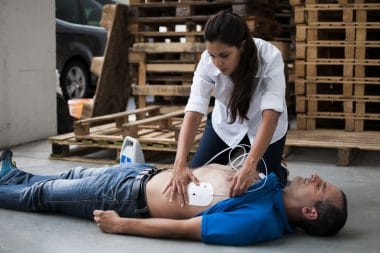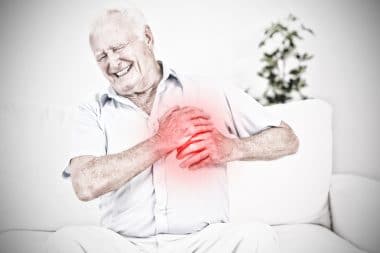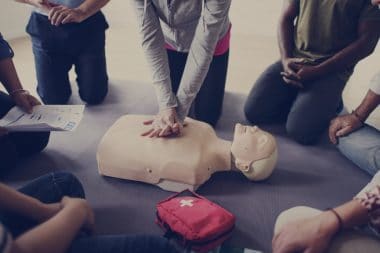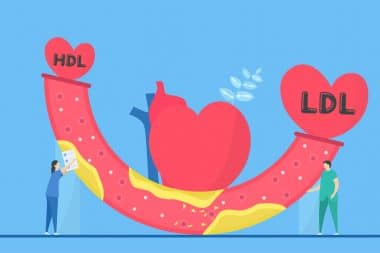Postural orthostatic tachycardia syndrome, or POTS, is a somewhat rare condition that affects women more than men. It usually presents around puberty and affects young adults and adolescents more than older adults. This syndrome is a condition that affects circulation or blood flow in the body. It affects the autonomic nervous system and sympathetic nervous system.
The autonomic nervous system is in charge of many of the vital body functions, while the sympathetic nervous system is in charge of the fight or flight function in the body. Normal blood flow usually flows at the same rate. When someone has POTS their blood flow does not flow at the same rate causing heart rate pumps to increase 30 or more beats per minute. There are two factors that doctors will look for if they suspect POTS. One of them being specific symptoms that frequently occur while standing. The other is your heart rate increases when lying then standing.
Symptoms
Symptoms happen due to one of the following reasons; lower amount of blood circulation, excessive pooling of blood below the level of the heart while upright, or elevated levels of certain hormones. Symptoms also seem to be more prominent or get worse in the shower, while standing for a long time, feeling overly stressed, after you eat due to digestion, or right before your period.
Symptoms of POTS are dizziness, fainting, blurry vision, nausea, vomiting, belly pain, bloating, diarrhea, constipation, severe sweating, brain fog, extreme fatigue, higher or lower blood pressure, fast or slow heartbeat, chest pain, insomnia, headaches, or shortness of breath. Not everyone will have fainting with their POTS but if you do there is a risk of injury from fainting.
Causes
Doctors are still unsure exactly what causes Postural orthostatic tachycardia syndrome. There may be some genetics to what causes the syndrome. Having someone in your family though doesn’t guarantee that you will have the syndrome as well. It usually occurs around puberty, or in young adulthood.
There are some things that can happen to you that then lead to the development of POTS. One of these is pregnancy. After a pregnancy some women may develop POTS.
Major surgery, trauma, or a viral illness can also cause this syndrome. POTS may be caused by impaired function of the nerves, too little blood returning to the heart, abnormal regulation of blood pressure or increased fight or flight attack in the body.
It has been seen that there are some diseases that can have POTS as a secondary syndrome. These include anemia, autoimmune disorders, chronic fatigue syndrome, diabetes, or multiple sclerosis.
Types
There are four different types of POTS. Neuropathic POTS which is when there is damage to the small fiber nerves. Hyperadrenergic POTS which is when there are elevated levels of stress hormones. Hypovolemic POTS is when there are abnormally low levels of blood. And Secondary POTS is when it is secondary to another condition.
Diagnosis
The main way your doctor will diagnose if you have POTS is with a tilt table test. Where you are securely fastened onto a table while the test your blood pressure and heart rate as they tilt the table up and down. Your doctor will want to hear your symptoms, and may suspect POTS when they hear your signs and symptoms of the syndrome.
Other tests your doctor may want to run as well are blood and urine tests, a test to measure the autonomic nerves that control sweating, or an echocardiogram.
Treatment
There is no cure for POTS. It is not life threatening but it is life changing. Treatment though can help you manage your symptoms.
- Medication may be prescribed to help with blood flow.
- Compression stocking can help push blood up from the legs to help keep circulation from pooling below the heart.
- A diet high in salt and water can also be beneficial. Staying hydrated will raise the amount of blood in the body.
- Exercise is always good though sometimes it can be difficult with POTS. You will want to learn how to take your own pulse to know if your heart rate has elevated too drastically.
- Sticking to a good sleep schedule is also recommended.
With POTS you may feel overly tired from doing normal daily activities. Sometimes people will get too exhausted to be able to care for themselves. Having a support system in place to help you is also recommended.
Overview
POTS is not a life threatening syndrome though it can change how you live your life. The biggest risk is injury from a fall from fainting. Though not everyone will have the same symptoms the main things to look for if you suspect POTS are dizziness or feeling lightheaded when standing from sitting, and a heart rate increase when you stand up. If you have either of these you will want to consult your doctor.
Feel lightheaded when you stand up from sitting? That is a sign of Postural Orthostatic Tachycardia Syndrome. #HealthStatus
Your Target Heart Rate is a range of numbers that give you the optimal heart beats per minute you should strive for in order to work your heart muscle for good cardiovascular health.
Sources:
https://my.clevelandclinic.org/health/diseases/16560-postural-orthostatic-tachycardia-syndrome-pots
https://www.hopkinsmedicine.org/health/conditions-and-diseases/postural-orthostatic-tachycardia-syndrome-pots
https://www.webmd.com/heart-disease/atrial-fibrillation/postural-orthostatic-tachycardia
https://rarediseases.info.nih.gov/diseases/9597/postural-orthostatic-tachycardia-syndrome









Reply